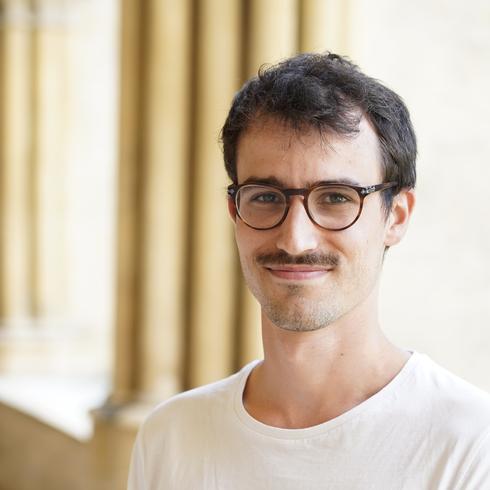
" Organum "
For 16 instruments and electronics
- Nominated for : The Musical Springboard 2023
The ensemble is divided into two groups located in distinct spaces, and which interact: on the one hand the instruments on stage, and on the other hand elements arranged around the audience, in a circle and in height. The latter are as much instruments as electronic elements, hybrids whose identity is constituted by a single sound which connects them all.
One of my obsessions has been to look for convergences between the groups that make up the ensemble: finding common points between distinct instruments, differentiated ensembles, by exploiting certain acoustic similarities, to merge them into sound blocks. This approach to volumes, both in the domain of frequencies and that of distances, or in the speech itself, makes it possible to form a perspective through acoustics, to seek depth, whether it is depth of field between sounds or depth in the sound itself.
The writing of space and its interactions makes the characterization and location of sound sources very changeable; and these spread out along the walls of the room, like the walls of a sound at the heart of which we stand – it is the room itself which becomes an instrument. In short, it’s making the place present, an actor in the work, to link listening to sound and exploration of the place.
Text translated from French.

